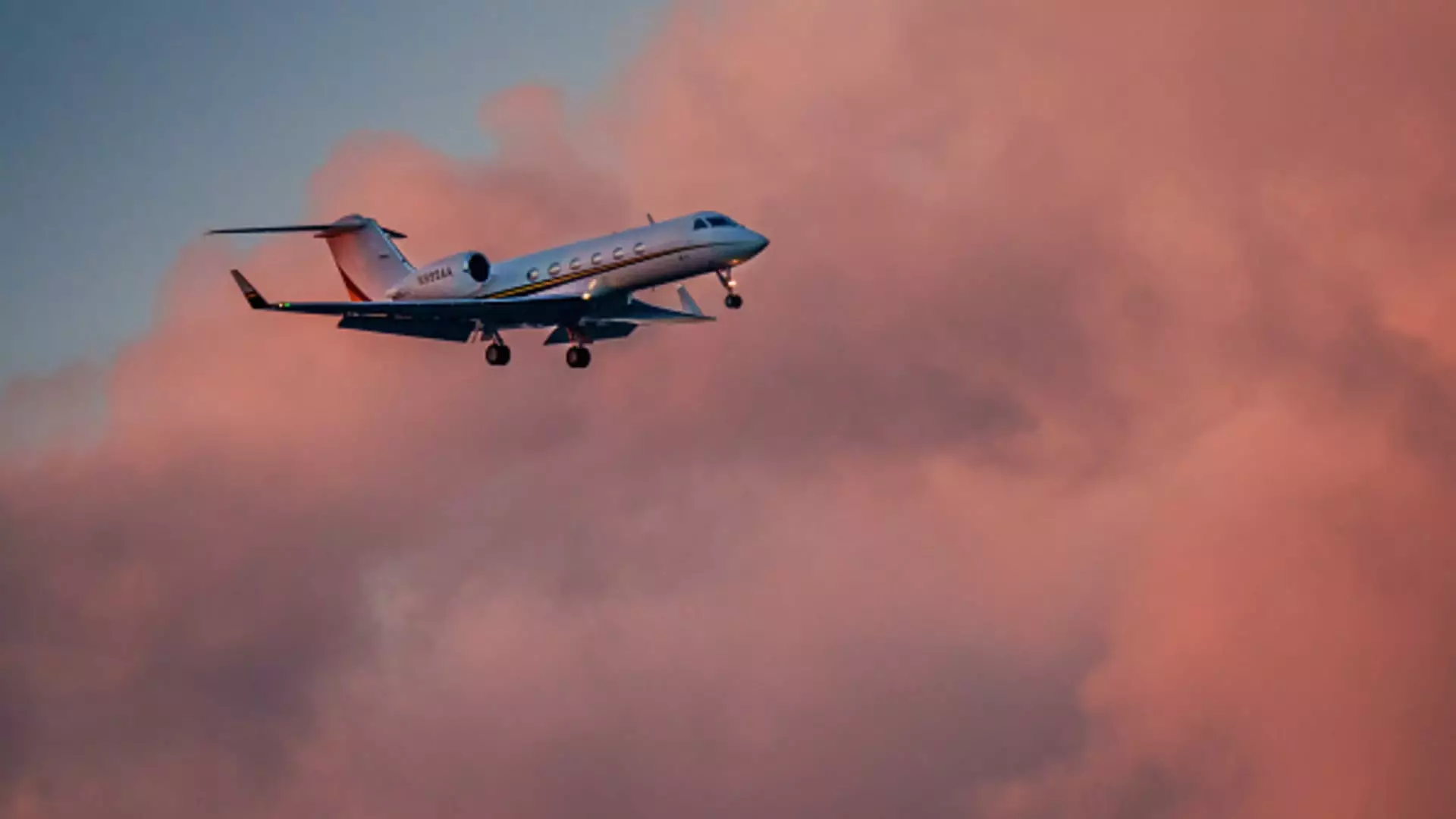The private jet industry has been facing significant challenges, with a 15% decline in private jet flights during the first half of the year compared to their peak in 2022. This drop can be attributed to waning demand and a changing competitive landscape for high-end travel. Despite a temporary increase in private jet flights during the Summer Olympics, the overall trajectory of the industry seems to be downward. The number of private jet charter flights has decreased to 610,000 in the first half of the year, down from 645,000 last year and 716,000 in 2022, indicating a two-year decline in the industry.
The challenges faced by the private jet industry can be traced back to the Covid-19 pandemic. In 2020, as airports and airlines shut down, private jets offered a safer and more exclusive way to travel. This led to a surge in demand from wealthy travelers who had previously been hesitant to fly private due to the cost and environmental concerns. The influx of liquidity from government stimulus, low interest rates, and a booming stock market further fueled the growth of the private aviation sector. Companies rushed to buy planes, hire pilots, and attract new members, resulting in a rapid expansion of the industry.
However, this rapid growth has now led to oversupply and softening demand in the private jet market. The industry is still ahead of 2019 levels, but experts believe that the aberrational spike in 2021 and 2022 has distorted the true growth trajectory of the business. The boom times of the post-Covid era created a euphoric atmosphere in the industry, leading to a flurry of IPOs, startups, and aggressive expansion plans. This expansion is now setting the stage for a potential shakeout in the industry, with companies like Wheels Up experiencing significant financial challenges.
One of the critical factors contributing to the decline in private jet flights is the changing behavior of consumers. The initial surge in demand from new jet card members and charter fliers during Covid has started to wane. Even ultra-wealthy travelers are showing signs of spending fatigue, with some opting to return to commercial flights. The high prices associated with flying private have also become a deterrent for many travelers, with a 20% increase in prices compared to 2019. As a result, some fliers are now opting to mix commercial and private flights for their travel needs.
The challenges faced by the private jet industry have prompted some companies to rethink their business models and strategies. While some smaller charter operators may struggle to survive in the current market conditions, industry giants like NetJets have adapted well to the changing landscape. NetJets has seen an increase in fractional flights, indicating a shift towards more cost-effective ownership models. The industry as a whole is moving towards a more balanced equilibrium, with a focus on profitable routes, available planes, and customer satisfaction.
The decline of private jet flights in the industry signals a period of transition and adjustment. The initial surge in demand during Covid has given way to a more subdued market environment, with prices softening and demand stabilizing. Companies that can adapt to these changing conditions and focus on customer needs are likely to thrive in this new era of private aviation.

